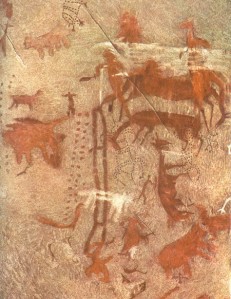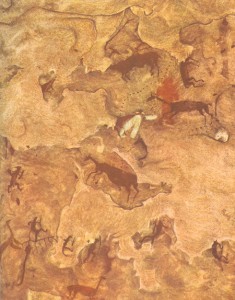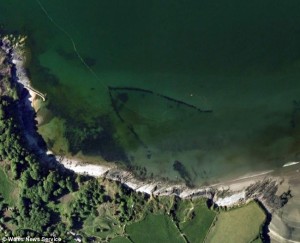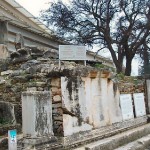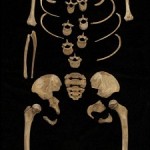Over 9,000 actually, ranging from medieval treatises to first editions of 20th century novels. Library officials think they’re just lost in the stacks, not stolen or removed from the premises.
One item, an essay entitled Of the Lawful and Unlawful Usurie Amongest Christians, by 16th-century German theologian Wolfgang Musculus, is valued by the library at £20,000, and has not been seen for almost two years. Others are precious only to a specialist market, such as a set of tables of 1930s London cab fares, or the 1925 souvenir history of Portsmouth Football Club.
Although the library has not listed any value for thousands of the books, a quick Guardian tot-up of the market price of nine collectible volumes came to well over £3,000 – including £1,300 for a first edition of Oscar Wilde’s only novel, The Picture of Dorian Gray, published in 1891, missing from the library’s shelves since 1961. […]
Most of the losses are 19th and 20th century texts, including first editions of novels by Charles Dickens and John Updike, although many older books have also vanished, including a 1555 edition of 12th-century Jewish scholar Moses ben Maimon’s Letter on Astrology, missing since 1977, and a 17th-century guide to Rome.
Many of the books turned up missing in and around 1998, the year the library moved from the British Museum to St Pancras, so it’s very possible they were put on the wrong shelves in the confusion of the move.
Still, some of these have been missing for decades. You can declare a missing person dead after 7 years. How long before they admit that the first edition of Dorian Gray is gone for good?
